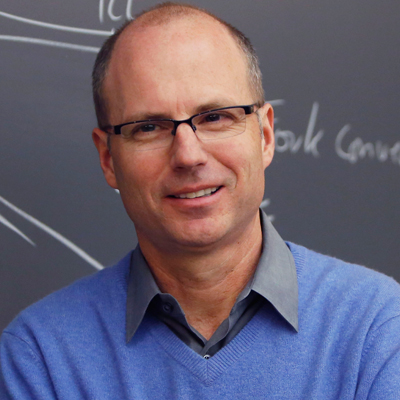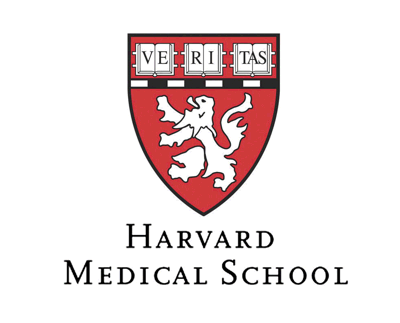Studying complicated DNA repair pathways in a test tube
To remain viable and healthy, our cells must maintain a pristine, uncorrupted genetic blueprint, which is composed of six billion units of DNA information. Alarmingly, our DNA is under constant attack by internal and external factors; during one hour, the cells in our body collectively experience trillions of chemical insults. For example, water, which is present in every cell, attacks and slowly degrades DNA; cosmic rays, to which we are constantly exposed, can break DNA strands in half; the UV light in the sun’s rays chemically alters DNA. All this DNA damage has the potential to corrupt the genetic information and cause diseases such as premature aging and cancer. Dr. Johannes Walter, Professor of Biological Chemistry and Molecular Pharmacology at Harvard Medical School, and his laboratory study several of the multiple strategies or “pathways” that cells use to repair DNA damage. By examining how a broken DNA strand is stitched back together by proteins like BRCA1 and BRCA2, Dr. Walter hopes to lay the foundation for developing improved cancer therapies, particularly for breast and ovarian cancers which are often caused by mutations in BRCA1 and BRCA2.
To study DNA repair in the test tube, Dr. Walter’s lab makes extracts from the eggs of the African clawed toad, Xenopus laevis. By collecting large numbers of eggs and breaking them open, the lab is able to generate an extract that contains all the proteins normally present in a cell. Dr. Walter and his lab have shown that when they add damaged DNA to these extracts, the damage is repaired, which allows them to ask detailed questions about how the repair reaction normally unfolds. In addition, the team is able to remove specific proteins from the extract to understand their function in repair. Currently, Dr. Walter’s lab is one of just a few groups that is able to study the complex functions of proteins such as BRCA1 and BRCA2 in a test tube.
Current areas of focus include:
- How Do Cells Copy Their DNA? Every time a cell divides, it first duplicates its six billion units of DNA so that an identical copy of the genetic blueprint can be passed on to each daughter cell. To carry out this daunting task, the cell employs about 100,000 “molecular Xerox machines” each of which copies a small portion of the DNA. The Walter lab studies how these photocopiers are recruited to DNA, how they work, and how cells make sure the same DNA is never copied more than once.
- How Do Cells Repair DNA Damage? Dr. Walter and his lab are in the process of developing an exciting new approach to study the roles of BRCA1 and BRCA2 in DNA repair. They have generated a DNA molecule that contains a specific form of DNA damage whose repair is predicted to require BRCA1 and BRCA2. They are now adding this DNA molecule to frog egg extracts that contain or lack BRCA1 and BRCA2. If, in the latter case, DNA repair is inhibited, Dr. Walter will study in detail how the process goes awry, which will reveal what roles BRCA1 and BRCA2 normally play in DNA repair.

Bio
Dr. Johannes Walter was exposed early on to what it means to be a researcher, as his father was a biochemist. As an undergraduate at UC Berkeley, he was initially interested in pursuing Art History as his major, although he carried his love for biology with him and took courses in both fields. During his undergraduate years, Dr. Walter heard a lecture by the nobel laureate Randy Shekman who explained that if you mix lipids (greasy molecules) with water, the lipids spontaneously form a small bag that looks like a cell. Dr. Walter was so fascinated by the idea that the laws of physics and chemistry underlie life that he decided to study biochemistry. He is motivated primarily by curiosity, to unlock the many amazing processes that evolution has sculpted over billions of years, but also by the knowledge that the work he and others do lays the foundation for new therapies to fight human disease.
For more information, visit http://walter.hms.harvard.edu


